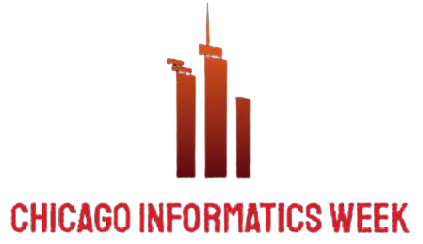Radio frequency identification (RFID) is like a superpower for wireless communication and keeping track of stuff.
It uses these invisible electromagnetic fields to spot and grab info from tags on things like cars, shipping containers, and even tech gear. These tags are kind of like tiny digital libraries that you can read from afar, making it a breeze to manage inventory, get into places securely, and handle data.
RFID is popping up everywhere – from stores and warehouses to hospitals and high-security areas. It’s really changing the tech world, making our interactions with stuff around us and how we handle information way cooler in this digital world!
For more information about RFID card dispensers, go now to the Lintechtt website!
Understanding RFID Cards
Radio-Frequency Identification (RFID) cards are used widely for tracking and identification purposes. These cards have revolutionized access control and security protocols across various industries.
The cards mainly have two components. The chip, and the antenna. The chips are the core of the card and stores information about the uniqueness of the card.
The antenna, on the other hand, is attached to the chip and it helps the chip transfer its unique information to RFID card readers.
Types of RFID Cards
- Passive RFID Cards: These cards do not have their own power source. Instead, they draw energy from the reader’s signal to activate and transmit data. Commonly used for access control, passive cards are an economical and efficient choice.
- Active RFID Cards: Active cards, powered by an internal battery, can transmit signals over extended distances. This feature proves invaluable in scenarios such as supply chain management or asset tracking, where the ability to communicate over long ranges is crucial.
RFID cards work by sending and catching radio waves. Imagine this: when the RFID reader throws out a signal, it’s like a wake-up call for the card’s chip. This wakes up the chip, and it sends back the info it’s holding. It’s a quick, no-touch chat between the card and reader, making these cards super handy for stuff like getting into secure places or keeping tabs on inventory without a fuss.
RFID Card Dispensers
Automated RFID card dispensers are designed to efficiently issue RFID cards, crucial for secure access and identification. Their automated nature ensures a streamlined, error-free distribution of cards.
Components
- Card Hopper: This component stores the cards before dispensing. Its size varies depending on the machine’s capacity.
- Processing Area: Here, cards are programmed and verified. This area is integral to ensuring the cards function correctly.
- Card Bezel/Collection Tray: Cards are either dispensed through a bezel or collected in a tray, depending on the design.
Dispensing Process
- Separation: Each card is individually separated from the stack.
- Processing: Cards undergo programming and quality checks.
- Issuance: Once verified, the card is dispensed for use.
In RFID dispensers, the focus is on seamless interaction between the card and the machine. The RFID reader and writer unit, coupled with an antenna, ensures accurate data transfer. These dispensers manage the delicate balance of programming the card while maintaining its integrity and readiness for immediate use.
Conclusion
Looking ahead, the potential of RFID technology extends far beyond current applications. Its integration into diverse industries promises to unlock new levels of operational efficiency, security, and data management.
From healthcare to retail, RFID stands at the forefront of a digital revolution, shaping a future where seamless interaction and enhanced security are not just ideals, but everyday realities. This technological evolution underscores a commitment to not only safeguarding our present but also innovatively paving the way for a more secure and efficient future.









